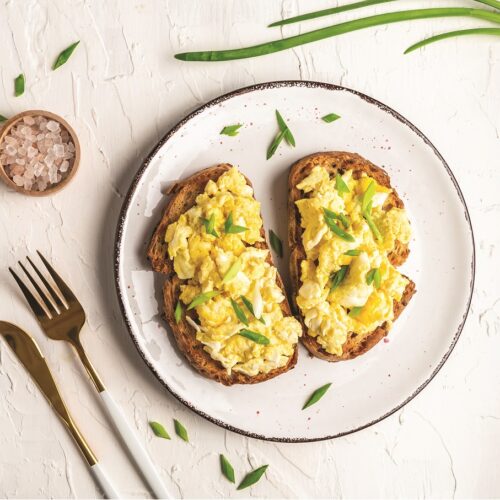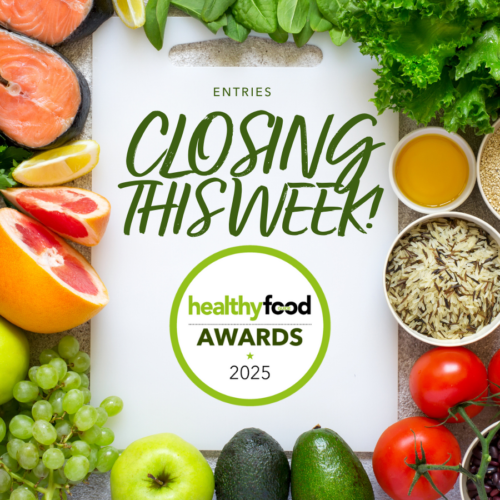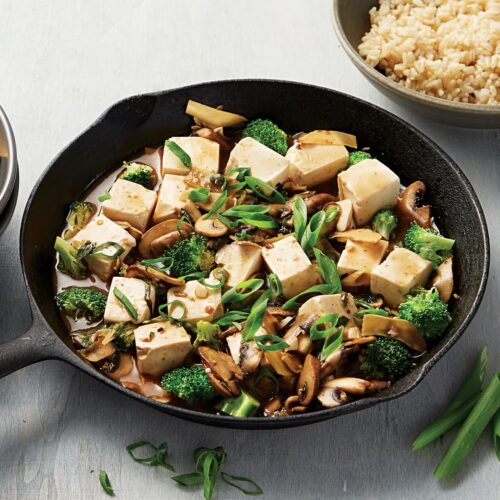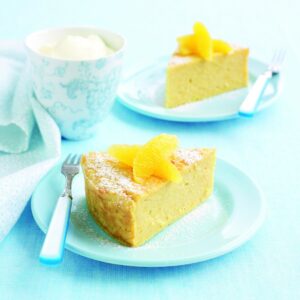
Persimmons
Bronwyn and Lance Walters, of NTL Horticulture in Northland, have a 21-hectare persimmon orchard. Here they answer some questions about the sweet, orange fruit.
What’s the best way to eat a persimmon?
The best way to eat persimmons is the same way you would an apple. They are great fresh, cooked, in a crumble or cake, preserved, dried, in salads or with chicken.
What conditions are best for growing persimmons?
Clay soils with a warm and dry climate in frost-free areas.
Facts about persimmons
- They are sometimes called fruit of the gods.
- The persimmon season runs for only six weeks.
- Persimmons contain a high amount of the antioxidant beta-carotene which is indicated by their orange colour.
- One persimmon provides 2g fibre with just 230kJ.
- The main growing areas are Northland and Gisborne.
Recipe idea
Honey-roasted pumpkin and persimmon salad
Red cabbage
Cabbages are a member of the brassica family of vegetables, which includes broccoli, and are rich in phytonutrients, which are thought to help protect against chronic disease. The red colour comes from a group of antioxidants called anthocyanins. Red cabbages grow all year, but are more plentiful in the autumn and winter. They are tasty used in slaws, soups and stir-fries.
Cooking tip
Cooking with a little vinegar will help prevent the purple colour leaching.
Recipe ideas
Thai turkey cakes with ginger and lemon cabbage and kumara mash
Chicken tortilla with Mexi slaw and avocado cucumber yoghurt
Yams
Yams, called oca in the South American Andes where they originated, are available in New Zealand in the autumn and winter months.
Yams are high in vitamin A and are a good source of vitamin B6. They contain differing levels of the antioxidant groups carotenoids (adding yellow-orange hues) and anthocyanins (adding red hues). They have a slightly sweet, tangy taste. Yams are very versatile – they can be roasted, steamed, boiled, braised, stewed and stir-fried.
Recipe ideas
Moroccan lamb
Brazilian bean stew
Honey-roasted yams
Fresh this month
(Harvested in New Zealand gardens in June.)
Vegetables: Broccoli, Brussels sprouts, cabbages, cauliflower, celeriac, celery, fennel, kale, kumara, leeks, parsnips, rhubarb, silver beet, spinach, spring onions, squash, turnips
Herbs: Mint, oregano, parsley, thyme
Fruit: Apples, grapefruit, kiwifruit, lemons, limes, mandarins, nashis, navel oranges, persimmons
www.healthyfood.com










